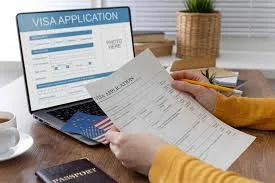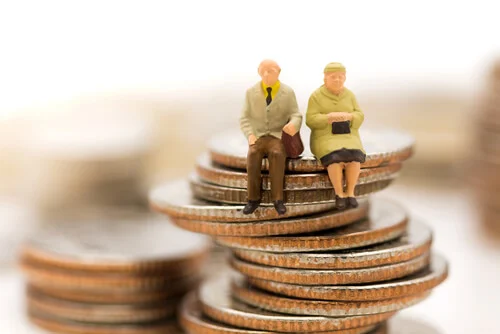Evidence is essential to any personal injury claim. The strength of your evidence will allow your lawyer to create a convincing argument in order to obtain the compensation you deserve. Even though the process seems straightforward, it takes attention to detail and requires a good understanding of what admissible evidence is.
Evidence Is Important In Personal Injury Cases
The evidence that you collect can make a big difference in the outcome of your case. It can be used to prove liability, the extent of the damages you have suffered, and establish the link between your accident and injuries. Your claim may be weaker without substantial evidence. The other party may dispute it.
Initial Steps In Evidence Collection
When an accident occurs, you only have a few seconds to gather evidence. Even though you might feel overwhelmed or confused, taking quick action can strengthen the case. Documenting an incident, any injuries, and the aftermath is crucial to ensuring that details are not lost.
- Document The Scene Of The Incident
Accidents happen suddenly and often leave behind details that can fade with time. As soon as possible, capture photos or videos. Focus on key features such as:
- Damage to vehicles, property, or surrounding
- Skid marks and debris
- Weather or road conditions during the accident
Your lawyer can use the visual evidence you provided to recreate the accident scene and establish conditions that caused your injury. Click here for detailed guidance on the best evidence to use in similar cases.
2. Medical Records And Reports
After an event, you should get medical attention right away. This is vital to your health and also allows you to keep track of any injuries. Test results and prescriptions, as well as medical reports, can provide proof of the extent and impact of an injury. Also, you should keep track of
- Bills for medication, treatment, and therapy
- Notes from your doctor detailing your condition and recovery.
- If you are recommended for future surgery or treatments
Documentation is required to prove your medical expenses and pain & suffering.
3. Eyewitness Testimonies
You can use the perspective of third parties to strengthen your argument by obtaining witness statements. Collect the contact details and names of anyone present on the scene. Their statements will confirm what you have said and lend credibility to your claim.
As soon as possible after the accident, ask witnesses to write or record their observations. You can have your lawyer formalize this testimony.
4. Police And Accident Reports
In many cases involving personal injuries, official reports by law enforcement authorities or other relevant agencies are of great importance. Contact the local authorities as soon as possible after the incident to file an official report. These reports typically include:
- Detail information about the accident
- Statements from the Parties Involved
- Citations or violations issued by the police
Your lawyer can get a copy of your claim to substantiate it.
5. Proof Of Financial Loss
Financial hardships, including lost wages, reduced earning capacity, and other financial difficulties, often accompany personal injury cases. Keep accurate records of:
- The income statement or pay stubs should show any missed work.
- Bills for expenses incurred by the injured party
- Future income projections affected by your inability to work
It is important to provide evidence that will support your claim.
6. Digital And Physical Evidence
Depending on the incident’s nature, other items may be considered as evidence, including digital or tangible items, such as:
- Surveillance videos from nearby cameras
- Black box data
- Emails, logs, or messages that demonstrate relevant communications
Assure that any physical proof, such as clothing or other equipment damaged, is safely preserved for presentation to a court.
Working Closely With Your Lawyer
Your personal injury lawyer can help you to present and gather evidence effectively. A good lawyer will be able to identify other evidence to strengthen your claim if you communicate with them. To ensure that no detail gets missed, be ready to provide your entire record, including all medical and financial documents.
Conclusion
A strong case requires that your personal injury attorney gather evidence. Even though the process might seem intimidating, staying organized can help you improve your odds of a favorable result. Each piece of proof is crucial to proving the claim and receiving the compensation you are entitled to.
Also read: Retirement Security





